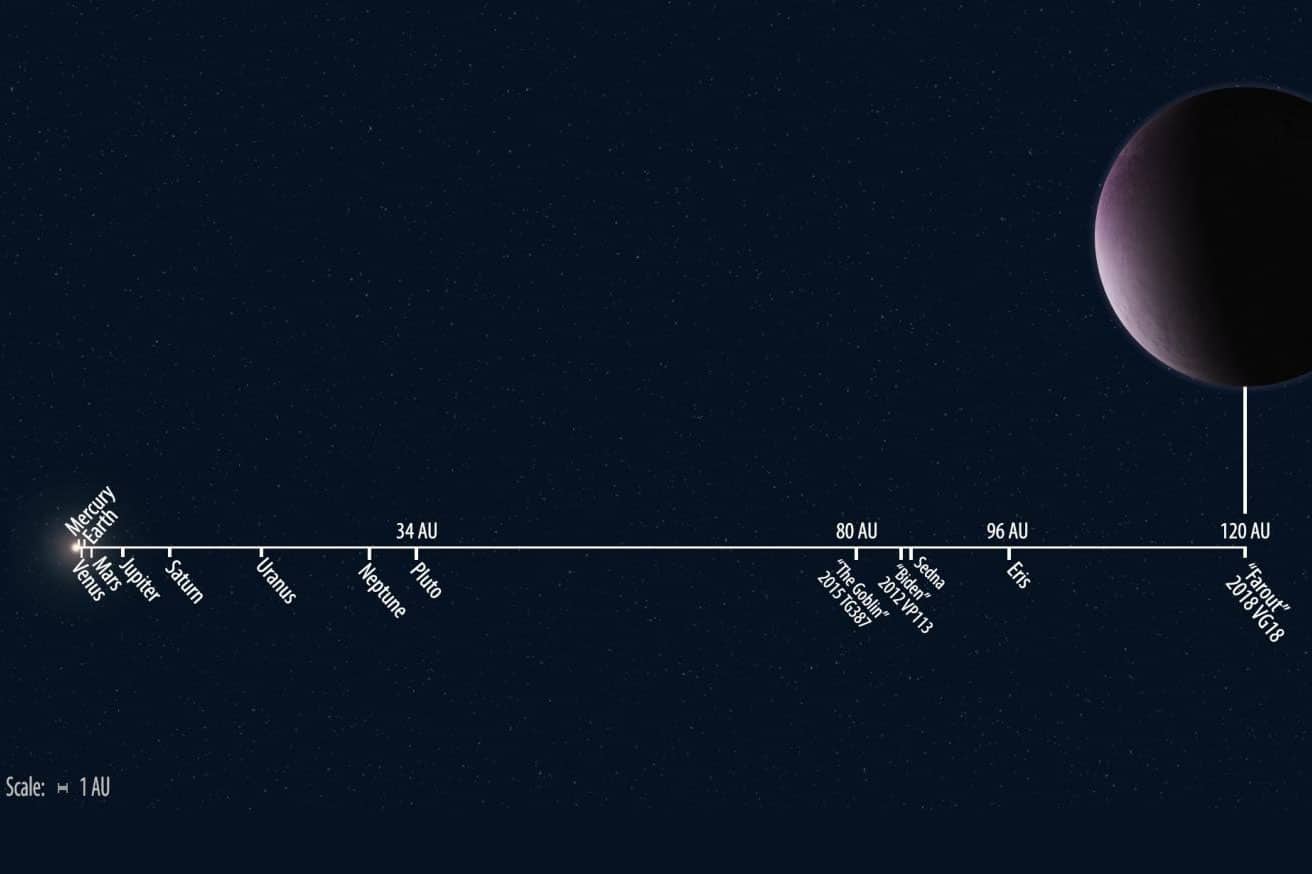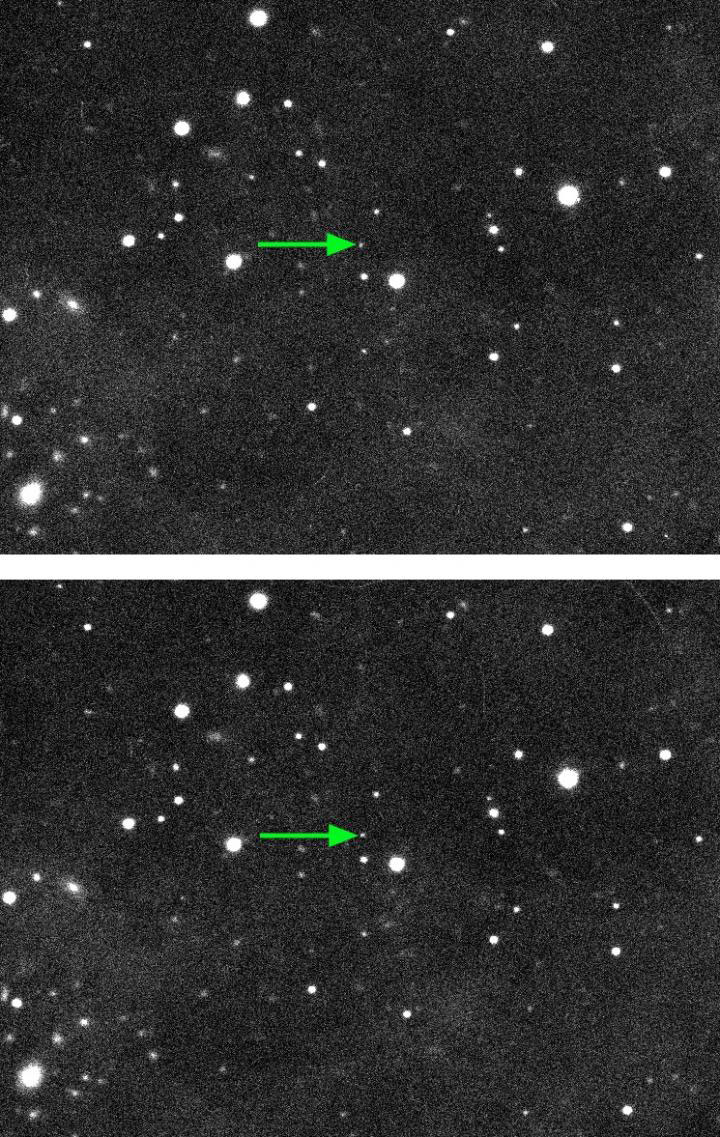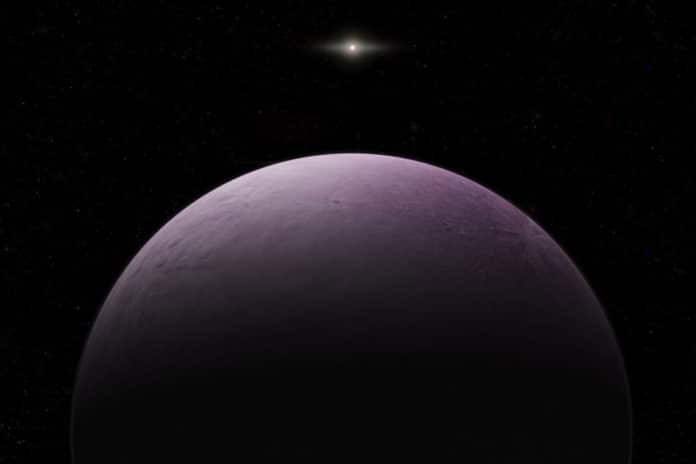Astronomers have recently detected the most-distant body ever observed in our Solar System. The object has been given the provisional designation 2018 VG18. 2018 VG18, nicknamed “Farout” by the discovery team for its extremely distant location, is at about 120 astronomical units (AU), where 1 AU is defined as the distance between the Earth and the Sun.
2018 VG18 was found as a major aspect of the group’s proceeding with the search for to a great degree far off Solar System objects, including the speculated Planet X, which is some of the time likewise called Planet 9.
In October, a similar gathering of analysts declared the disclosure of another removed Solar System object called 2015 TG387 and nicknamed “The Goblin,” since it was first observed close Halloween. The Goblin was found at around 80 AU and has a circle that is steady with it being affected by a concealed Super-Earth-sized Planet X on the Solar System’s exceptionally inaccessible edges.
The presence of a ninth real planet at the edges of the Solar System was first proposed by this same research group in 2014 when they found 2012 VP113, nicknamed Biden, which is as of now close to 84 AU.

CREDIT
Illustration by Roberto Molar Candanosa and Scott S. Sheppard is courtesy of the Carnegie Institution for Science.
2015 TG387 and 2012 VP113 never draw sufficiently near to the Solar System’s giant planets, similar to Neptune and Jupiter, to have huge gravitational collaborations with them.
This implies these amazingly distant objects can be tests of what’s going on in the Solar System’s outer reaches. The group doesn’t realize 2018 VG18’s circle exceptionally well yet, so they have not possessed the capacity to decide whether it hints at being molded via Planet X.
Carnegie’s Scott S. Sheppard said, “2018 VG18 is much more distant and slower moving than any other observed Solar System object, so it will take a few years to fully determine its orbit. But it was found in a similar location on the sky to the other known extreme Solar System objects, suggesting it might have the same type of orbit that most of them do. The orbital similarities shown by many of the known small, distant Solar System bodies was the catalyst for our original assertion that there is a distant, massive planet at several hundred AU shepherding these smaller objects.”

CREDIT
Image is courtesy of Scott S. Sheppard and David Tholen.
The University of Hawaii’s David Tholen said, “All that we currently know about 2018 VG18 is its extreme distance from the Sun, its approximate diameter, and its color. Because 2018 VG18 is so distant, it orbits very slowly, likely taking more than 1,000 years to take one trip around the Sun.”
The revelation pictures of 2018 VG18 were taken at the Japanese Subaru 8-meter telescope situated on Mauna Kea in Hawaii on November 10, 2018.
When 2018 VG18 was discovered, it should have been re-seen to affirm its exceptionally distant nature. (It takes different evenings of seeing to precisely decide an object’s distance.)
2018 VG18 was seen for the second time toward the beginning of December at the Magellan telescope at Carnegie’s Las Campanas Observatory in Chile. These recuperation perceptions were performed by the group with the expansion of graduate student Will Oldroyd of Northern Arizona University.
Throughout the following week, they checked 2018 VG18 with the Magellan telescope to anchor its way over the sky and acquire its fundamental physical properties, for example, brilliance and shading.
The Magellan perceptions affirmed that 2018 VG18 is around 120 AU, making it the main Solar System question saw past 100 AU. Its splendor proposes that it is around 500 km in width, likely making it circular fit as a fiddle and a dwarf planet. It has a pinkish tint, a shading for the most part connected with ice-rich items.
Trujillo said, “This discovery is truly an international achievement in research using telescopes located in Hawaii and Chile, operated by Japan, as well as by a consortium of research institutions and universities in the United States. “With new wide-field digital cameras on some of the world’s largest telescopes, we are finally exploring our Solar System’s fringes, far beyond Pluto.”
